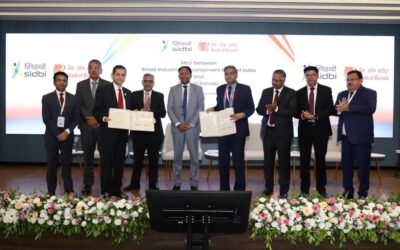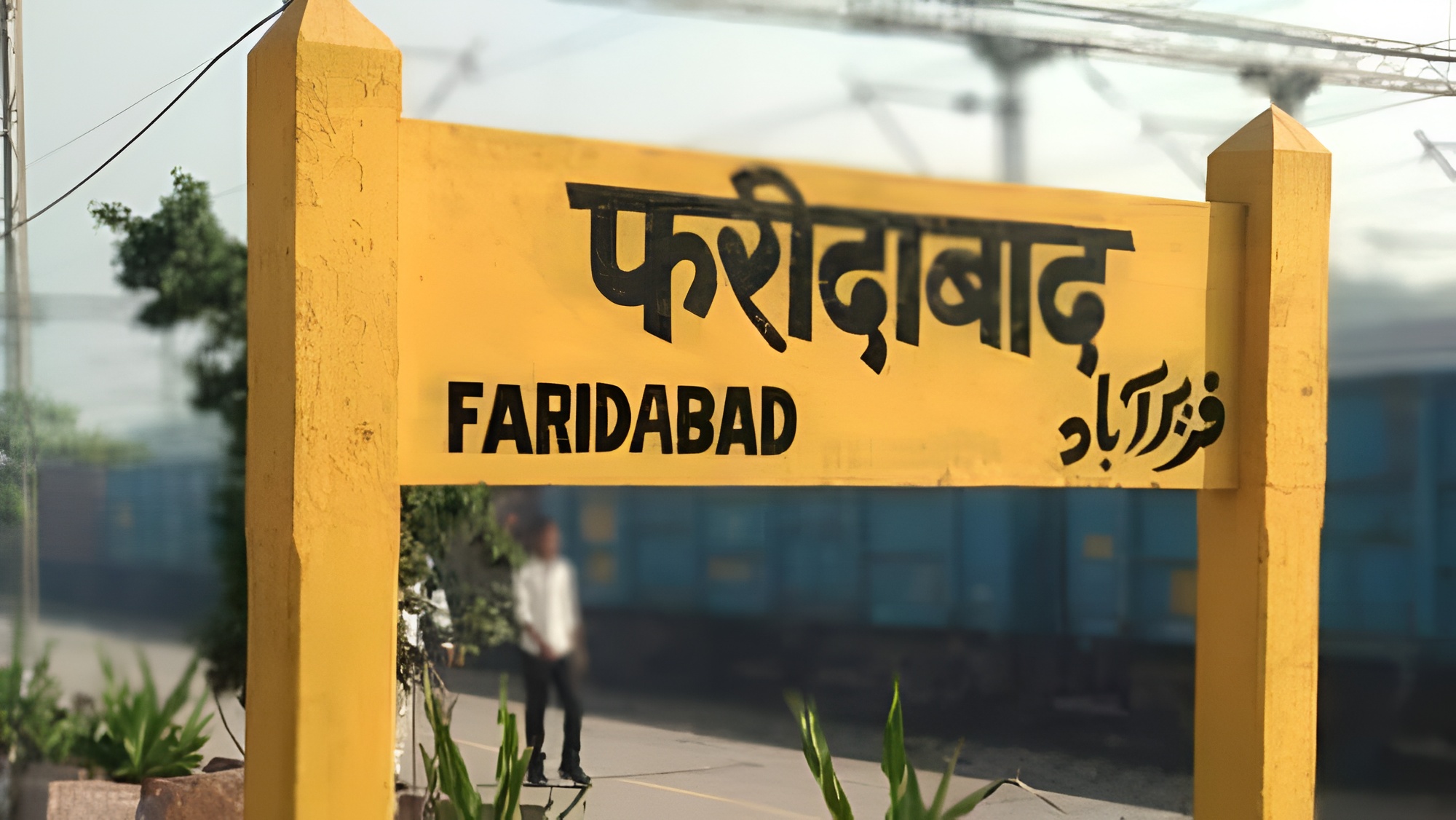Baddi: The Industrial Summit of the Himalayas

Tucked in the foothills of Himachal Pradesh, Baddi is not the first place that comes to mind when you think of industrial might. Yet, this quiet town has become one of India’s most remarkable manufacturing success stories, an industrial hub that rose from the mountains and redefined what small-town enterprise can achieve.
Once a sleepy settlement on the Chandigarh–Nalagarh corridor, Baddi today hums with the rhythm of factories producing everything from pharmaceuticals and FMCG goods to textiles, packaging materials and engineering components. It stands as one of India’s largest pharmaceutical manufacturing clusters, housing hundreds of small and medium enterprises that supply to the biggest names in healthcare. What began as a tax incentive experiment two decades ago has matured into a sophisticated ecosystem of industry, innovation and resilience.
From Incentives to Industry
Baddi’s transformation began in the early 2000s when the Government of India announced excise and income-tax exemptions to promote industrialization in Himachal Pradesh. What followed was unprecedented. Within a few years, Baddi’s landscape changed from orchards and open fields to an organized industrial belt stretching through Barotiwala and Nalagarh.
Big names like Cipla, Abbott, Sun Pharma and Dabur set up large-scale units here and around them grew a network of MSMEs and ancillary manufacturers providing everything from packaging to machinery maintenance, logistics, and raw material supply.
But what’s remarkable about Baddi’s growth is that it didn’t stop when the incentives ended. Instead, its entrepreneurs doubled down on efficiency and compliance, embracing good manufacturing practices, environmental standards and supply-chain digitization. The ecosystem adapted and survived by building credibility.
The SME Engine Behind the Pharma Powerhouse
Behind Baddi’s global pharma exports lies a quiet but powerful network of small and medium enterprises that keep its industrial machinery running. SMEs here manufacture bottles, caps, cartons, plastic molds, printed labels, corrugated packaging and medical devices, forming the invisible supply backbone that enables large companies to deliver at scale.
Beyond pharma, the FMCG, plastics and electrical goods sectors have also grown steadily, supported by reliable infrastructure from the Baddi-Barotiwala-Nalagarh Development Authority (BBNDA) and proactive engagement by local chambers like the Baddi Industrial Association (BIA). The region’s workforce drawn from Himachal, Punjab, Haryana and Uttarakhand has become a skilled industrial community in its own right, giving Baddi a sustainable human capital edge.
Challenges and the Next Leap
Every industrial cluster carries its share of growing pains. Baddi’s challenges today are different from its early days. Infrastructure saturation, waste management, logistics bottlenecks and rising compliance costs test the cluster’s long-term competitiveness. However, several collective initiatives are underway from common effluent treatment facilities to cluster-based digital platforms for inventory and quality management.
There’s also a quiet digital shift in motion. Many SMEs in Baddi are now integrating ERP systems, adopting ISO and GMP certifications and exploring e-marketplace exports. The younger generation of entrepreneurs often with management or engineering degrees are reimagining Baddi’s future as not just a factory town but a smart manufacturing hub.
Government initiatives under Make in India and Pharma Vision 2030, coupled with Himachal Pradesh’s New Industrial Policy, could position Baddi as a blueprint for sustainable hill-state industrialization.
The SME Communities Perspective
Baddi’s story is a reminder that industrial progress doesn’t always begin in metros, sometimes it climbs mountains. It represents the best of India’s SME spirit: agile, adaptive and deeply committed to building self-reliant ecosystems.
What began as an experiment in fiscal policy has evolved into a powerhouse of precision manufacturing and employment generation. And as global supply chains search for reliability and sustainability, Baddi offers both, a cluster that understands quality as discipline and growth as responsibility.
In the grand narrative of India’s SME landscape, Baddi stands as proof that the country’s industrial future will not just be built in cities of steel and glass, but also in valleys of grit and purpose.
Because the real power of “Make in India” isn’t in its slogans, it’s in places like Baddi, where ambition rises as high as the hills that surround it.











